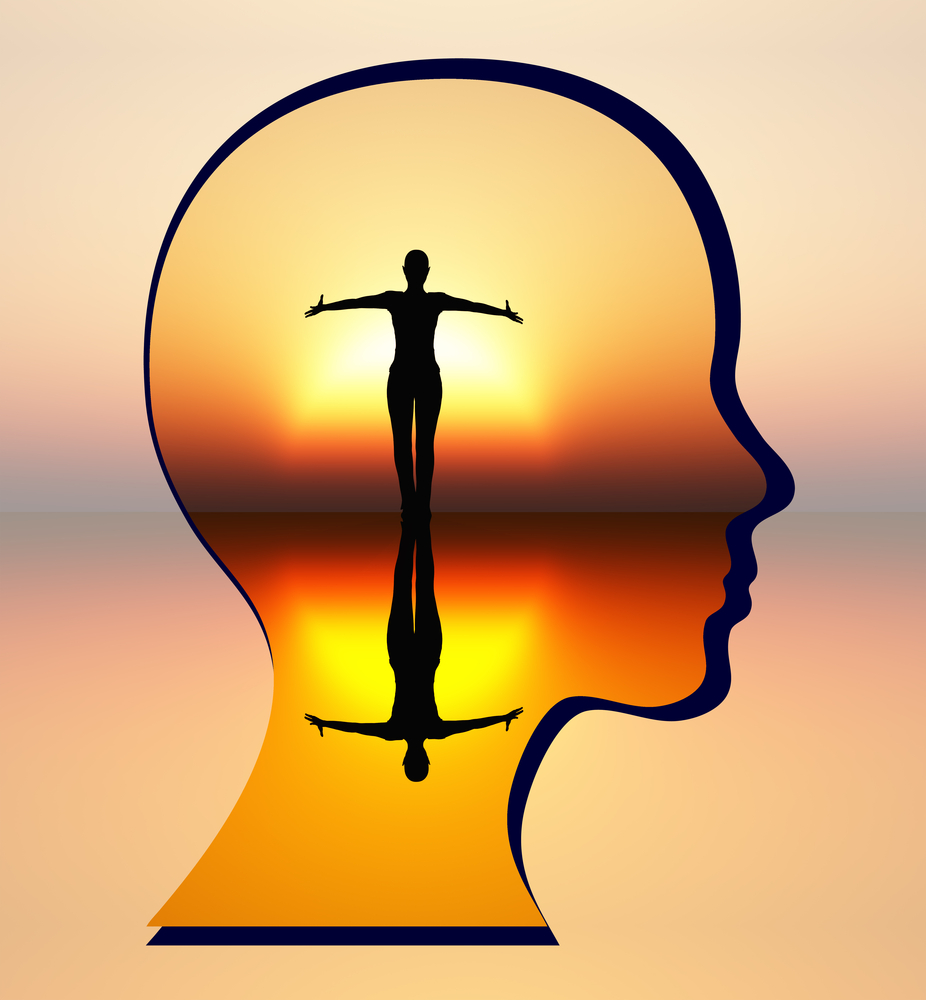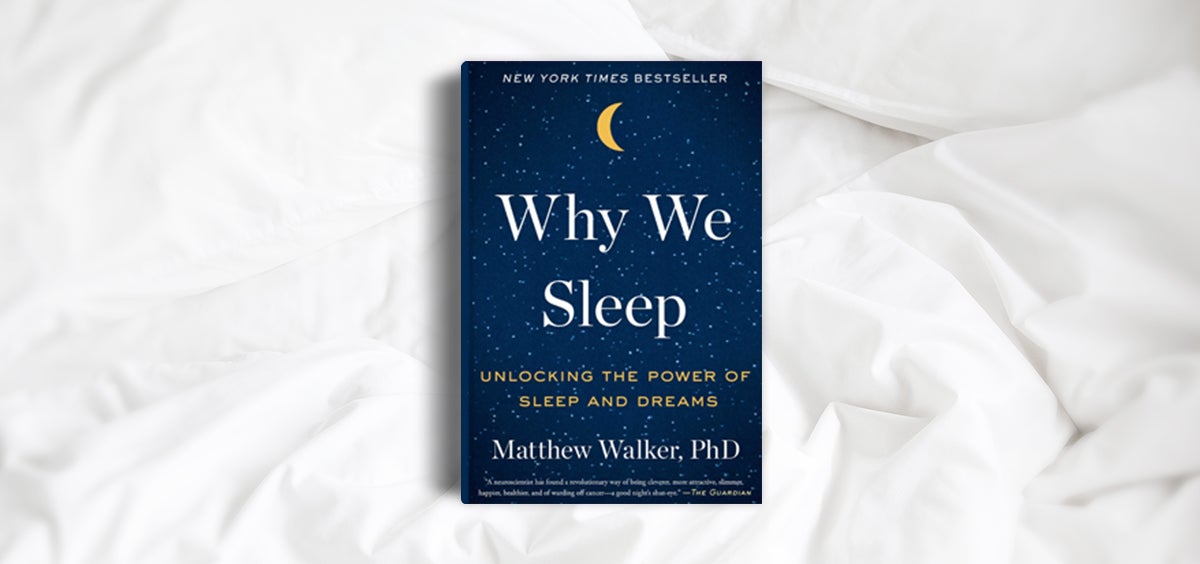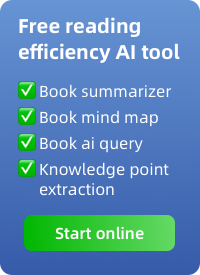
Achieving self-mastery is a transformative process that involves taking full control of your emotions, thoughts, and behaviors. According to Brianna Wiest in The Mountain Is You: Transforming Self-Sabotage into Self-Mastery, self-mastery is not just about controlling your reactions but also understanding your deeper motivations and subconscious patterns. To truly master oneself, it’s essential to recognize that we are responsible for both our failures and our successes.
The Path to Mastery of Self
The first step toward self-mastery is understanding that the discomfort and struggles we face are actually our greatest teachers. Often, we believe that hardships are obstacles, but in reality, they are growth opportunities. Wiest emphasizes that to become the master of your life, you must take radical responsibility for your actions. This means acknowledging that you create most of the waves in your life and that you also have the ability to learn how to ride them.
One way to achieve mastery is by changing how we respond to adversity. Rather than reacting with fear or avoidance, those on the path to self-mastery learn to face challenges head-on. A key aspect of this is controlling your emotions without suppressing them. In many self-mastery books, this is referred to as emotional regulation—being able to feel the full spectrum of emotions without letting them control your actions.
Building Self-Mastery Habits
To cultivate mastery of self, it’s important to develop daily habits that reinforce discipline and self-awareness. This can include regular meditation, journaling, or mindfulness practices. These exercises help in recognizing emotional patterns and understanding how they influence decision-making. Wiest explains that self-mastery is not about perfection but about understanding your strengths and weaknesses and working on them with patience.
One of the most powerful self-mastery quotes from the book is: “Mastery is to finally understand that the years of discomfort you endured were not some sort of purgatory… They were your deepest inner self informing you that you are capable of more, deserving of better”. This quote encapsulates the idea that mastery comes not from avoiding pain but from embracing it as a source of growth.
Techniques to Enhance Self-Mastery
Developing mastery over your mind involves several practical techniques. One of the most effective methods is visualization. Wiest suggests visualizing your future self—the person you want to become—and asking yourself what decisions that version of you would make today. This helps in aligning your current actions with your long-term goals.
Another powerful tool is setting small, achievable goals and building on them. By consistently meeting these goals, you build confidence and momentum, which reinforces your ability to make decisions aligned with your desired future. Many self-mastery books highlight the importance of this step-by-step approach to building self-discipline and resilience.
Overcoming Resistance and Self-Doubt
However, the journey toward self-mastery is not without challenges. Wiest highlights that the biggest obstacle is often our own subconscious resistance to change. This can manifest as procrastination, fear, or self-doubt. Overcoming these requires deep self-awareness and a commitment to pushing past discomfort. As Wiest explains, your “mountain” is the barrier between you and the life you want. Conquering that mountain is the key to true self-mastery.
Conclusion
Achieving self-mastery is a lifelong journey. It involves embracing discomfort, taking responsibility, and constantly striving to grow. By cultivating habits that promote discipline and emotional regulation, you can align your actions with your highest potential. As Wiest notes, self-mastery is not about controlling the external world but mastering how you respond to it. When you become the best version of yourself, the mountain in front of you becomes a gift, leading to transformation and freedom.




